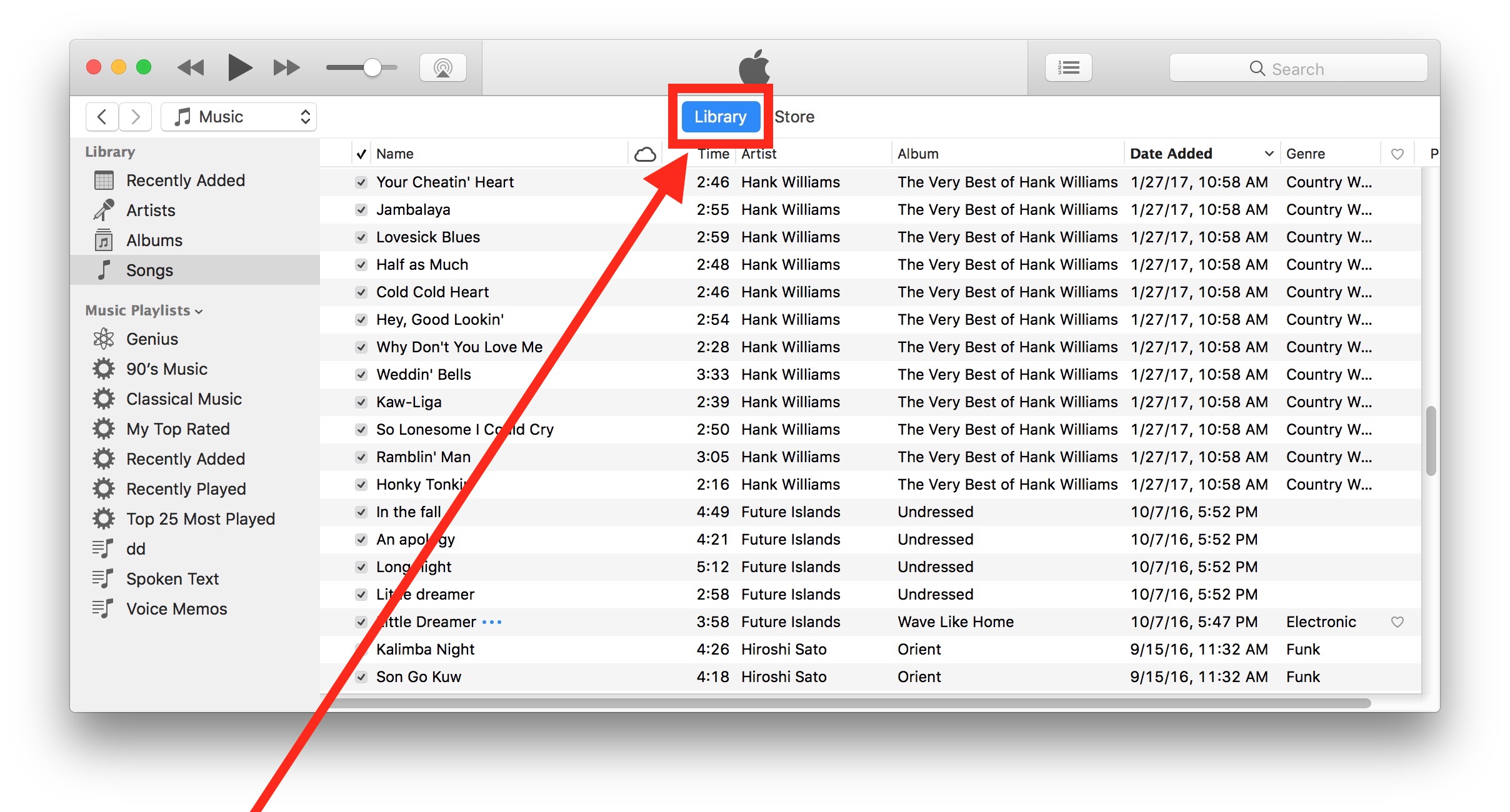

No music or media is exported.įor more information on iTunes 12 export options, visit:īefore installing any new system, it is important to make note of email login information and server settings that are required to send and receive email. For every playlist exported, this step will generate text files that describe the content of the playlists. This needs to be done for each playlist you want to export. This will move the actual audio and media files.Ĥ.) From iTunes, choose File > Library > Export Playlist. Copy the iTunes folder (User > Music > “iTunes”) to the Desktop. When iPhoto asks for a location to generate the subfolders, choose the folder you created in Step 1.įor more export options in iPhoto 9.5 or 9.6, visit:ģ.) Exporting data from iTunes is a bit easier. We also chose Use File Name from the File Name menu, and Event Name from the Subfolder Format menu. To export unmodified originals choose Original from the Kind menu, otherwise choose Current to export the photos as-is. IPhoto: Starting from the Events view, choose Edit > Select All, then File > Export. When Photos asks for a location to generate the subfolders, choose the folder you created in Step 1.įor more information about exporting from Photos, visit: To maintain our original file names and Moment names, we also chose “File Name” from the File Name menu, and “Moment Name” from the Subfolder Format menu. Note: this option does not export metadata. By exporting all Events or Moments (rather than other collection types like Albums) you give yourself the best chance to ensure no photos will be left behind.Ģ.) Photos: To export all images in their original state, choose Edit > Select All within the Photos view, then choose File > Export > Export Unmodified Original. For 10.6.8, iTunes 11 is the most recent version.ġ.) Using the Finder, create and name a new folder on your Desktop, into which all of the iPhoto Events or Photos Moments can be saved.

Instead we used iPhoto 9.2 (an updated version from the 2011 iLife suite). For iPhoto, going back to 10.6.8 means iPhoto 9.5 (2013) or iPhoto 9.6 (2014) cannot be used either. The Photos app does not work in OS versions prior to 10.10.The first challenge was to make sure we could transfer media from Photos or iPhoto, as well as iTunes, into the legacy system.
#ITUNES FOR MAC 10.5 8 SOFTWARE#
We do not recommend using a system earlier than 10.6.8 due to stability and software compatibility issues.

#ITUNES FOR MAC 10.5 8 FULL#
How easy or difficult the reversion is depends heavily on whether you have a full Time Machine backup of the original system installation. The reasons for doing this will vary but the two most common are application incompatibilities and/or a dislike for the changes made to the user interface.
#ITUNES FOR MAC 10.5 8 HOW TO#
One of the more interesting requests we get from OWC customers is how to revert from OS X 10.10 Yosemite to an earlier version of the system.


 0 kommentar(er)
0 kommentar(er)
